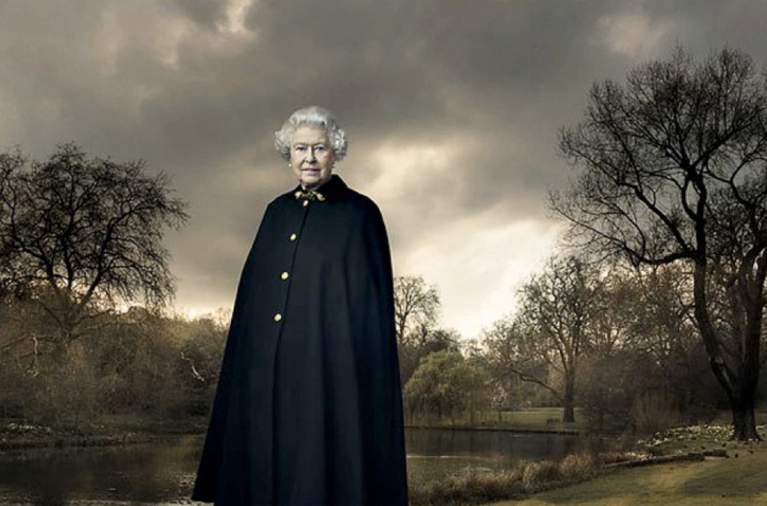Robert and Fred died within a day of one another. Both hugely significant in their own right, and while one will always overshadow the other, it would be a great shame for one to be lost and not given the proper attention that he deserves…..
On Tuesday the September 10th, it happened. What everyone had been expecting and nobody wanted. Robert Frank, perhaps the most important photographer of the 20th century passed. I have a great passion for the type of photographs that Robert Frank made. Frank’s timing was not always perfect, his focus sometimes a little off, even his lighting was sometimes a little too hard, or too soft, but he captured images that forever changed photography and gave him almost mythical status. Among those of us who like to think we make photographs in a certain tradition that for all intents and purposes link directly back to him, he is a god.
Robert Frank had an uncanny ability to see things that captured the essence of our existence. I doesn’t matter if you look at his later work, which was more cerebral, or if you look at his break-through portfolio ‘The Americans’, it was always about capturing an honest, unembellished truth. The essence of an American town, a rodeo, a road leading to eternity, or a tuba. His images were not all individually outstanding, though many were, but they have an honesty and a virtual time-stamp that bring out the best in time, place and circumstance.
Robert Frank was Swiss, he captured America with an open mind and an open heart, as only one from ‘away’ can, which leads me to the second thing that happened that week……
The day before, on the 9th of September, in Vancouver, a city known in photography circles mostly for contemporary work – some in large light boxes – the passing of Fred Herzog went largely unnoticed, except by those who either knew him, or admired his visionary approach to colour photography.
Vancouver in the 1950s was a backwater, a pacific port with lots of warehouses, ships coming and going and a departure point for those engaged in the mining- and logging industries. Not particularly refined, nor particularly pretty. With a setting between ocean and mountains it had a great canvas. But as only we humans can, it was a lot of front row industry, a busy, dirty and noisy port, lots of really bad neon, bars, wooden houses that looked ever so temporary, surrounding a couple of monumental stone buildings, that would eventually come to anchor what most will now agree is a world city.
Transience was the nature of the old wood houses that were usually no more than a couple of stories high, set in a tight geographical setting that over time would require much densification and endless high-rises. As such, much of what was around in the 1950s and 1960s has been erased. Virtually no evidence of the frontier town by the water remains. Thank goodness for Fred! At a time when colour film was slow as frozen molasses, and people still moved as quickly as they do today, Fred captured Vancouver in a way that is both local and global. He found qualities in simple new cars in an alley, a sea of neon lights, the interior of a barbershop, a window at the hardware store, and in people who look like they are from everywhere.
For most people these scenes are difficult to place geographically, other than it being somewhere in North America, but that is what makes them great. Herzog doesn’t dwell on the incredibly beautiful Vancouver setting with mountains, sea and sky, but on the urban. Often the slightly gritty urban. His head-on elegant use of colour and composition with people peppered in for good measure, always in just the right number and somehow perfectly placed, gives rise to his great eye and masterly skill, using tools that today seem almost impossible to handle well.
The Equinox Gallery in Vancouver still has a great selection of Fred Herzog’s work. It is still attainable and exquisitely printed from the original Kodachrome slides that in miraculous fashion have survived less than optimal circumstances.
Fred’s work found its way to Paris Photo a few years ago, the annual mecca for those, like myself who are consumed by great photography. A bold show of only Fred’s work took up an entire, large booth at the seminal event of the year. It was a popular stop for collectors, who found something new, exciting and rooted in photographic excellence.
Fred worked for the University of British Columbia for almost as long as I have been alive. He started the year I was born. He photographed in the name of science and in his spare time out of personal obsession the city he came to love from a very early age. Anecdotally, he came to Vancouver based on a single photograph in a geography textbook at school back in Germany, where he was born, during a time of great upheaval.
Fred came to Canada in 1952. He leaves a legacy, having captured a vanished time, but while geographically specific and significant, also of great universal appeal.
Ulrich Fred Herzog was born in Stuttgart, Germany, September 21st, 1930 and passed away in Vancouver on September 9th, 2019. He was 88.
Both Herzog and Frank were not from where their most famous work is made. Is this significant? Does the outsider see differently…? Save that for another day.
Harbel, Donostia


